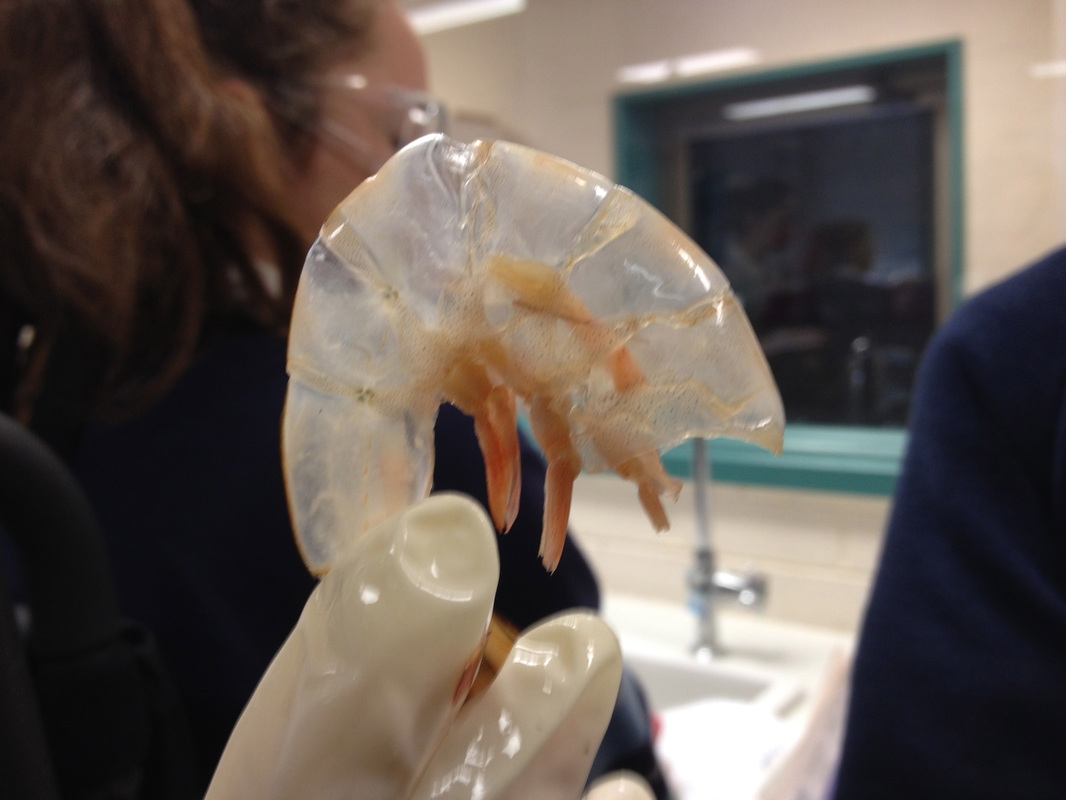Shrimp, as well as other crustaceans such as lobsters and crabs, have a distinctive hard, protective outer shell called an exoskeleton This rigid covering performs several important functions for the shrimp, including preventing water loss, defending against predators, and providing attachment points for muscles
But what makes up this unique armored exoskeleton that allows shrimp and related species to thrive? The answer is a specialized carbohydrate known as chitin.
In this article, we will explore the structure, functions, and biological role of chitin as the key component comprising the durable exoskeletons of shrimp and other crustaceans.
What is Chitin?
Chitin is a long-chain polymer carbohydrate composed of N-acetylglucosamine units. It forms crystalline nanofibers that assemble into ordered bundles and sheets. This provides exceptional strength and rigidity on the nanoscale.
On a molecular level, chitin is closely related to cellulose, the carbohydrate that makes up the cell walls of plants. However, chitin differs by having nitrogen-containing acetamide groups.
Chitin occurs naturally in the exoskeletons of arthropods – the broad group of invertebrates that includes insects, spiders, and crustaceans It is the second most abundant natural polymer on Earth after cellulose
Key Functions of Chitin in Crustaceans
The chitin-based exoskeleton of shrimp provides them with several crucial advantages for survival:
-
Structural Support – The rigid chitin shell maintains the shape of the shrimp’s body and protects the soft internal organs and tissues.
-
Protection – The durable chitin exoskeleton acts as armor against predators. It also prevents abrasions from rough surfaces.
-
Water Conservation – Chitin is waterproof, preventing the loss of internal moisture in the marine environment. This avoids dehydration.
-
Muscle Attachment – Chitin forms sites for muscle attachment, allowing for coordinated movement. This is key for swimming and hunting.
-
Calcium Storage – Chitin binds and stores vital minerals like calcium, keeping shrimp healthy through periods of scarcity.
Clearly, the unique properties of chitin provide shrimp and related crustaceans with numerous survival advantages via their hard outer shells.
Chitin Synthesis and Deposition
Shrimp cannot directly obtain chitin from their diet. Instead, they biosynthesize it from simple precursor molecules. The process begins with converting the mono-saccharide glucose to N-acetylglucosamine. This compound is then polymerized into long chitin chains by the enzyme chitin synthase.
The chitin is secreted and organized into layers, assisted by specific proteins. In shrimp, new chitin is deposited underneath older layers during growth. This occurs in a specialized region called the sternal canal on the ventral side.
Molting is key to allow for enlargement of the exoskeleton. Prior to molting, chitinase enzymes partially degrade internal chitin layers. This detaches the old exoskeleton from the underlying epidermis. A new larger exoskeleton is then rapidly synthesized and hardened after molting.
Chitin Content and Structure in Shrimp
The exoskeleton of adult shrimp contains 20-50% chitin by dry weight. Younger shrimp have exoskeletons with a higher chitin content.
The exact chitin structure varies between different body parts:
-
The tail has flexible, precisely stacked chitin layers that resist fracture. This allows tail flicking for swimming.
-
The head has more randomly ordered chitin to better absorb crushing forces from hunting and self-defense strikes.
-
The abdominal region has highly calcified chitin to protect internal organs.
This combination of specialized chitin types equips shrimp for survival in their marine environments.
Chitin Extraction and Usage
Chitin can be extracted from shrimp shells via chemical processing. Shells are first demineralized to remove calcium carbonate. The protein components are then removed by deproteinization, leaving purified chitin.
Once extracted, chitin can be utilized in diverse commercial applications:
-
Food industry – Chitin acts as a thickening and stabilizing agent in foods and beverages.
-
Cosmetics – Chitin and its derivatives enhance moisturization in lotions and creams.
-
Biomedicine – The antifungal and wound healing properties of chitin have medical uses.
-
Water treatment – Chitin can bind and remove pollutant metals from wastewater.
-
Agriculture – Chitin has shown promise as a soil enhancement and seed treatment to improve plant growth and crop yield.
The global chitin market was valued at USD 2.3 billion in 2021 and is projected to grow substantially in the coming years.
The next time you enjoy delicious shrimp, keep in mind the complex chitin biochemistry occurring right under that crunchy exterior!

Why I Never Eat Carbs ❌
What carbohydrate is used in shrimp exoskeletons?
The specialized carbohydrate that is used in shrimp exoskeletons is chitin. An exoskeleton refers to an external skeleton that protects and supports the body of an animal. The specialized carbohydrate that is used in shrimp exoskeletons is chitin. Chitin is a fibrous substance that’s made up of polysaccharides.
Do shrimp Exoskeletons contain chitin and calcite?
Two other recent papers by the same researchers focused on laboratory experiments into the shrimp exoskeletons. The researchers probed the interface between two key components of the exoskeletons: a protein called chitin and a bone-like mineral called calcite.
Are deep sea shrimp exoskeletons stronger than surface shrimp?
The deep-sea shrimp’s exoskeleton was found to possess a more densely packed structure. To their surprise, the researchers found the exoskeleton of the surface shrimp is about 10 times stronger than the exoskeleton of the deep-sea shrimp.
Do shrimp skeletons have the same microstructures?
The exoskeletons of both species of shrimp possess the same microstructures: the chitin, calcite and other components are arranged in a layered helicoidal structure that resembles a spiral staircase. A comparison of the two species, however, showed differences in the density of the structures, thickness of the layers and mineral content.
